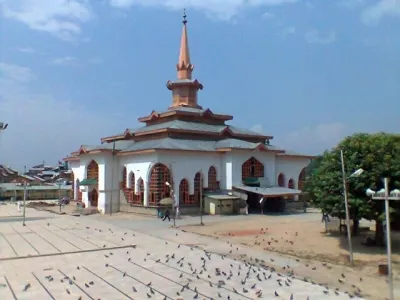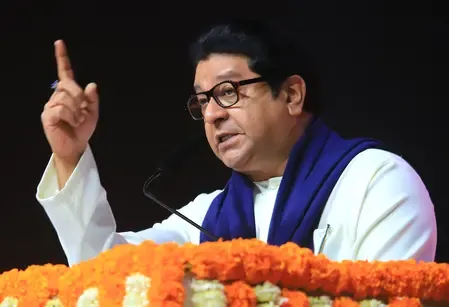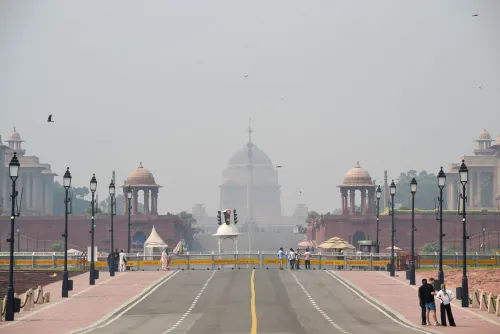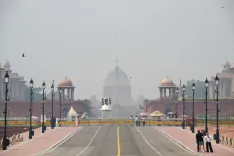What is the Significance of the Annual ‘Urs’ of Sheikh Nooruddin Wali in J&K’s Charar-e-Sharief?

Synopsis
Key Takeaways
- Annual 'Urs' honors Sheikh Nooruddin Wali.
- Commemorates the teachings of peace and harmony.
- Attracts thousands of devotees each year.
- Significant cultural heritage event in Kashmir.
- Promotes values of non-violence and equality.
Srinagar, Oct 19 (NationPress) The annual ‘Urs’ commemorating Kashmir’s revered Sufi saint, Sheikh Nooruddin Wali, commenced on Sunday in Charar-e-Sharief, situated in the Budgam district of Jammu and Kashmir. This saint is credited with founding the Rishi tradition in Kashmir, a movement that transcends religious boundaries. Locally, he is affectionately referred to as “Sheikh-ul-Alam” (Spiritual Guide of the World) and “Alamdar-e-Kashmir” (Flag-bearer of Kashmir) by Muslims, while Hindus know him as ‘Nund Rishi’.
His profound verses continue to be recited for their enduring wisdom. One notable verse is “Aan Poshi Teli Yali Wan Poshi” (Food is subservient to forests and will last only as long as the forests last).
Born in 1377 and passing away in 1438, Sheikh Nooruddin’s funeral was attended by the renowned King of Kashmir, Budshah, marking it as the most attended funeral in Kashmir’s history.
His resting place is in Charar-e-Sharief, where a magnificent mausoleum surrounds his grave. The historic shrine there was tragically destroyed in a massive fire in 1995 during an incident involving a Pakistani terror commander, Mast Gul, who allegedly set the shrine ablaze to facilitate his escape.
In addition to the saint’s shrine, a significant portion of the town was affected by this fire. A new, grand shrine has since been constructed in Charar-e-Sharief, drawing thousands of devotees annually during the ‘Urs’ to seek blessings.
Sheikh Nooruddin traveled extensively across the Valley, promoting peace and piety. He established a community of followers known as the Rishi order, advocating for values like simplicity, equality, and non-violence.
As the patron saint of the Valley, he is celebrated for embedding non-violence and religious harmony into the fabric of Kashmiri society.
His poetry holds a significant place in the cultural landscape of Kashmir, serving as a bridge between Shaivism and Sufi heritage.
Sheikh Nooruddin outlived fellow saint-poet Lal Ded (also known as Lalleshwari), whose verses and teachings profoundly influenced him.
The Sufi saint enjoys a strong following in rural areas, which is why the annual ‘Urs’ is celebrated post-harvest season in Kashmir.









